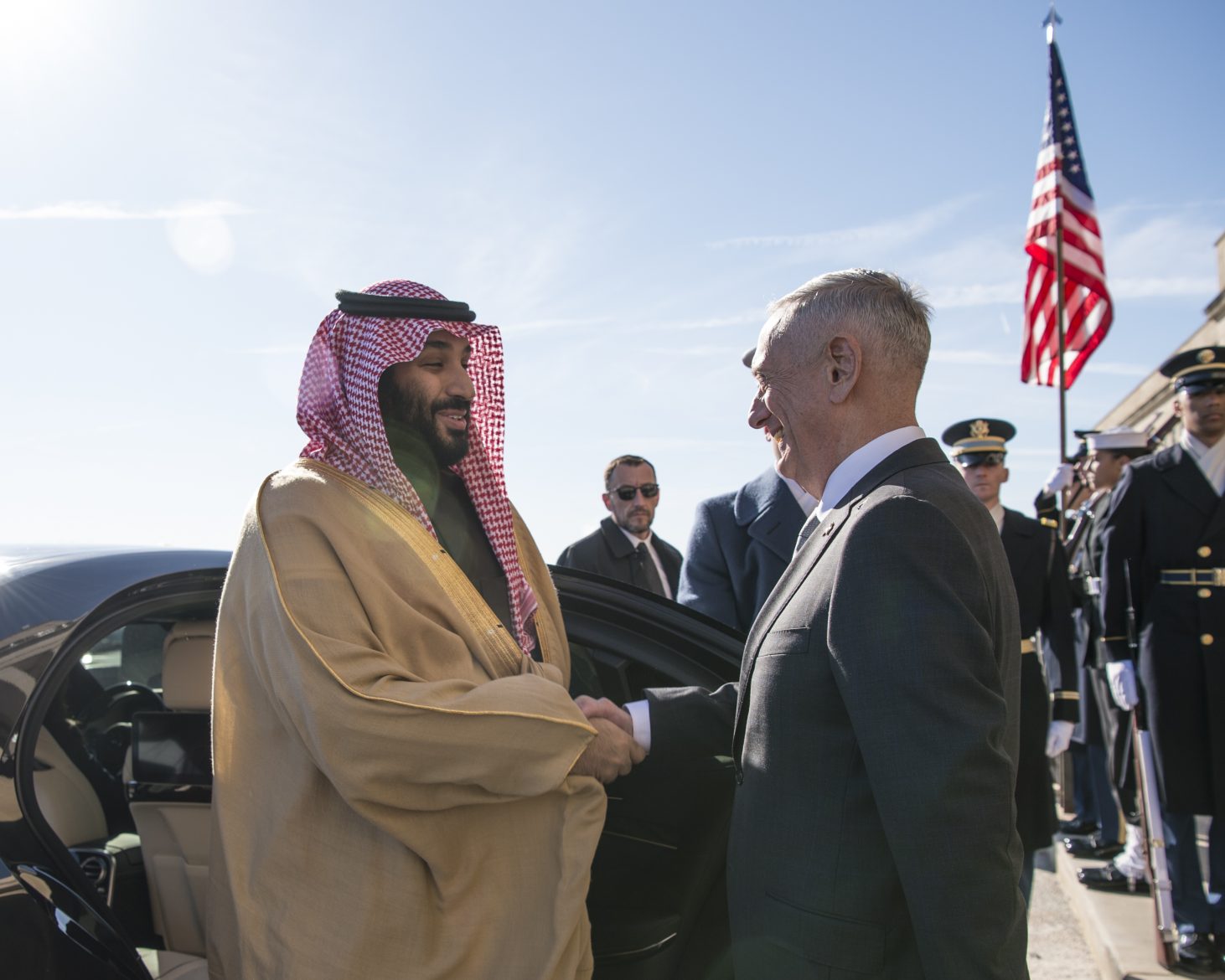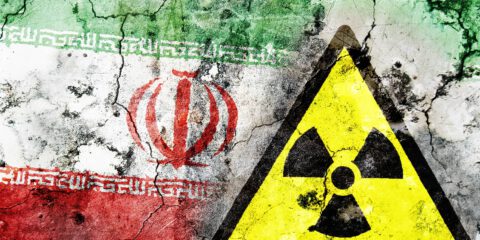The recent agreement between the US and Saudi Arabia to increase oil production is a significant blow to Iran. America seeks either regime change or a new nuclear deal on better terms.
The declaration of US President Donald Trump at the end of June that he had obtained the agreement of the Saudis to increase their production of oil by two million barrels a day has further destabilized the global economy. The global economy already was suffering from trade and tariff wars underway between the US and the EU and China.
It is unclear whether a US-Saudi agreement has indeed been achieved with regard to increasing Saudi Arabia’s oil production, and if so whether it will be fully implemented. The move is in line with the recent decision by the Organization of Petroleum Exporting Countries (OPEC), led by Russia and Saudi Arabia, to increase the production of crude oil by one million barrels per day.
Russia, the largest producer of oil in the world, is interested in lowering the price of oil and balancing the market. This is intended to prevent a drop in Russian President Vladimir Putin’s popularity (who fears rising oil prices within Russia) and is based on a fear of reduced sales of Russian oil worldwide, due to the rising price of the “black gold”. On the other hand, Moscow is opposed to Saudi Arabia’s call for further increases in oil production, because it does not want harm Teheran – which is a close ally of Russia in Syria.
The American move is an indication of the Trump administration’s policy to continue efforts against Iran’s nuclear program, and against Iran’s terrorist and destabilizing activities in various parts of the world. An increase in global oil production is meant to undermine the stability of the Ayatollahs or at least to induce Iran to sign a new nuclear agreement that corrects numerous JCPOA deficiencies. This strategy is in line with Riyadh’s desire for a strong stance by Washington against Iran’s regional aspirations and its nuclear program.
The most recent step strengthens the economic sanctions that were re-imposed on Iran by the US as part of its exit from the nuclear agreement. The lion’s share of these sanctions pertains to Teheran’s energy industry and they go into effect at the beginning of November.
Since the lifting of economic sanctions on Iran in 2016, Teheran has again become one of the most important oil producers, with sales of about 2.5 million barrels per day or more than two percent of global production. As a result, Iran’s profits from the export of oil during the last Iranian calendar year stood at $50 billion, with the sale of oil accounting for 70 percent of total Iranian exports.
The American assumption is that increasing global oil production will lead to greater supply and, with the addition of economic sanctions on Iranian oil, will lower global oil prices. A drop in oil prices, alongside American restrictions on the purchase of Iranian oil, may cause significant harm to the economy of the Iranian regime.
This strategy is part of an overall and broad-based American policy that has two goals. The first is to reduce Iran’s profits and revenues and in this way to reduce the funds allocated by the regime to terror and global destabilization, particularly in the civil war in Syria. The second and overarching goal is to lead to regime change in Teheran, by undermining its stability and indirectly encouraging protests in the streets of the Islamic Republic.
Iran is already having to deal with the fall in the value of the rial, its national currency, which accelerated following Trump’s announcement of the US exit from the nuclear agreement. As a result of the weakening of the Iranian currency, demonstrations and protests against the regime have occurred throughout Iran in recent months, some of them in the heart of Teheran. At the end of June, there were even violent clashes between police and protestors near the Iranian parliament building.
Nonetheless, there are a number of obstacles facing the American administration on the way to achieving these goals. China, India and the EU, the three largest importers of Iranian oil, have been slow to fall into line with Washington. China is interested in low oil prices, and fears that sanctions on the Iranian energy market will harm the supply of oil, particularly in view of the collapse of the oil market in Venezuela.
China is embroiled in a trade war with the US and is a counterweight to America’s global influence. The EU is involved in its own trade war with the US administration and its leading members – Germany, Britain and France – oppose the cancellation of the nuclear agreement with Iran and the newly-aggressive American policy against Teheran. India views Iran as a gateway to central Asia and is nurturing good relations with it, particularly in the realms of culture, history and trade.
Nonetheless, the US administration can transform these weaknesses into strengths. Thus, Trump can offer compromises to China and the EU with respect to tariffs, in exchange for willingness on their part to curtail the import of oil from Iran.
The case of India is more difficult since it does not have many options for the purchase of oil. Nevertheless, the Indian Ministry of Petroleum has begun preparing for a major reduction – up to a complete stoppage – of oil imports from Iran. In this way, New Delhi is signaling the possibility that it will fall into line, or at least that it is prepared for, a compromise.
The American attempt to persuade Saudi Crown Prince Mohammad bin Salman to agree to a significant increase in Saudi oil production is intended to apply pressure on the Iranian economy, while bypassing America’s challenging trade ties with China, India and the EU – in light of their different priorities.
JISS Policy Papers are published through the generosity of the Greg Rosshandler Family.
photo: By Navy Mass Communication Specialist 1st Class Kathryn E. Holm [CC BY 2.0 ], via Wikimedia Commons









 - בניית אתרים
- בניית אתרים